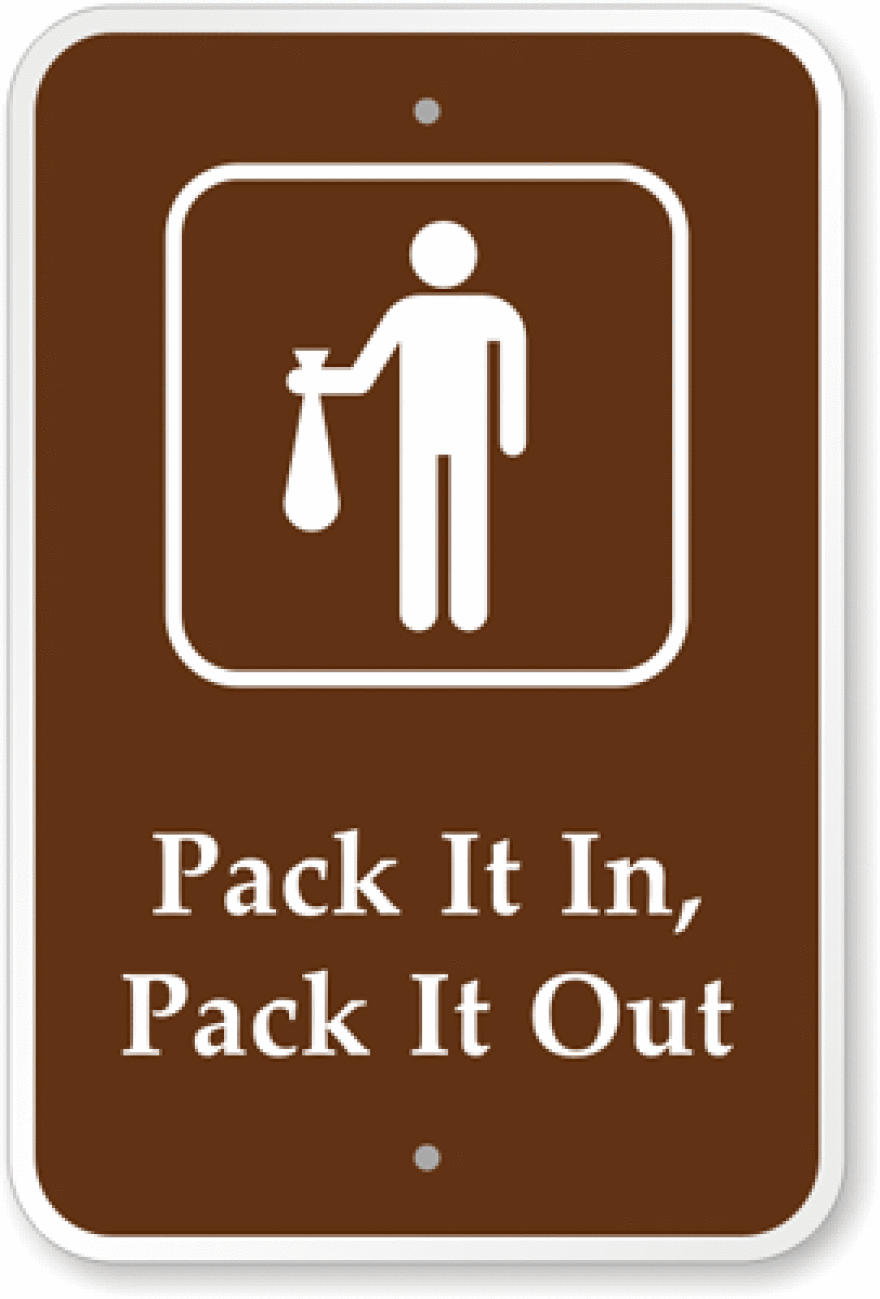The coronavirus pandemic has led to an explosion of recreational use on public lands across the Southwest. Land managers have been overwhelmed by the dramatic increase in visitation and by the amount of human waste left behind.
For decades, backpackers, hunters, boaters and campers have been coached to dig a “cathole.” But now public land agencies and the Leave No Trace Program are recommending the use of WAG bags: individual-use plastic bags complete with hand sanitizer, toilet paper and an enzyme powder to break down solid waste.
The double-bag system can help protect fragile desert and alpine environments, especially in areas where human traffic is heavy. WAG bags are light, easy to carry and can be found at most outdoor stores. Or, you can assemble your own kit. The bags are sealable and can be packed out for proper disposal.
There are downsides, however, including possible groundwater contamination in landfills and exploding bags in trash compactors. And, of course, there’s the ever-present question about adding more plastic to the world, especially single-use plastic. Some companies are addressing this by manufacturing biodegradable WAG bags.
Public land managers say no matter if you bury it or pack it out, there is some etiquette to follow: always choose a site at least 200 feet away from water sources, trails, roads and established campsites, and use as little toilet paper as possible. Don’t bury or burn the paper. Put it in a plastic bag and properly dispose of it later.
Proper disposal of human waste can help avoid some of the negative impacts of increased human activity on public lands, including polluted water sources, spread of disease and unpleasant camping areas.


